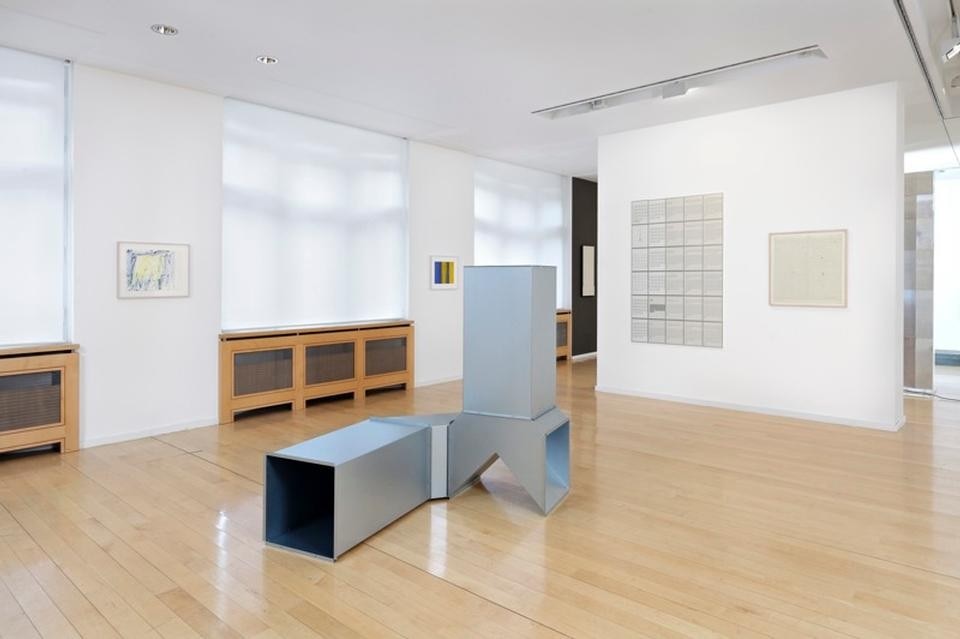On display at the Mehdi Chouakri gallery in Berlin until 17 April, Peter Roehr’s work is a collection of things that repeat themselves. There are forms, they are repeated, they are composed in regular patterns, they are beautiful and they seem mute. At first glance, the compositions of Roehr – active in the early 1960s before he died in 1968 aged just 24 – conjure up series, geometric rigour and the combinations of those who, in that period, were exploring the aesthetic stripping away of the flesh or who saw multiplication as a metaphor of the consumer society. But it would be wrong to follow this reference.
The exhibition includes a number of videos, one of which begins with an image that is anything but distant: a stunning woman looks into the camera and then suddenly turns her head, inundating the audience with very blonde hair. Fade out: a stunning woman looks into a camera and then suddenly turns her head, inundating the audience with very blonde hair. Fade out: an amazing woman looks into a camera... and so on five, ten, twelve times, which seem like a hundred to observers. A similar treatment is applied to all kinds of always extremely powerful images.
This treatment highlights something about his other works. His very precise arrangements do not form the basis of a political or social argument, nor are they the epilogue of aesthetic subtraction – just as his typographical compositions are not concrete poetry. They are organised signs in which the organising principle becomes so dominant that it cancels out the added value provided by every element. The austerity of Roehr’s work is not the aesthetic one of Minimalism. It is symbolic austerity.
Perhaps Roehr wanted to test the persistence of an image’s significance. How many repetitions are needed to completely empty it of meaning and make it exactly the same as a mute rectangle, a font or a label? How long does the meaning last when the sign is repeated, unaltered? We are inclined to say a long time, especially when this meaning makes an emotional impact or a measure of beauty. A long time we are inclined to say and we would be wrong. Two or three repetitions and it is gone.
Roehr wrote: “I change my materials by organising them, without altering them. There is no result, no sum”. What about the addenda?
Say it again: Peter Roehr in Berlin
Works and videos by the recently revisited German pioneer of Pop Art and conceptual art on show at the Mehdi Chouakri gallery. By Vincenzo Latronico.
View Article details
- 16 March 2010
- Berlin
Calculating machine on paper.
128 x 8.8 cm.
Unique
Paper on cardboard.
25.1 x 25.1 cm.
Unique.
